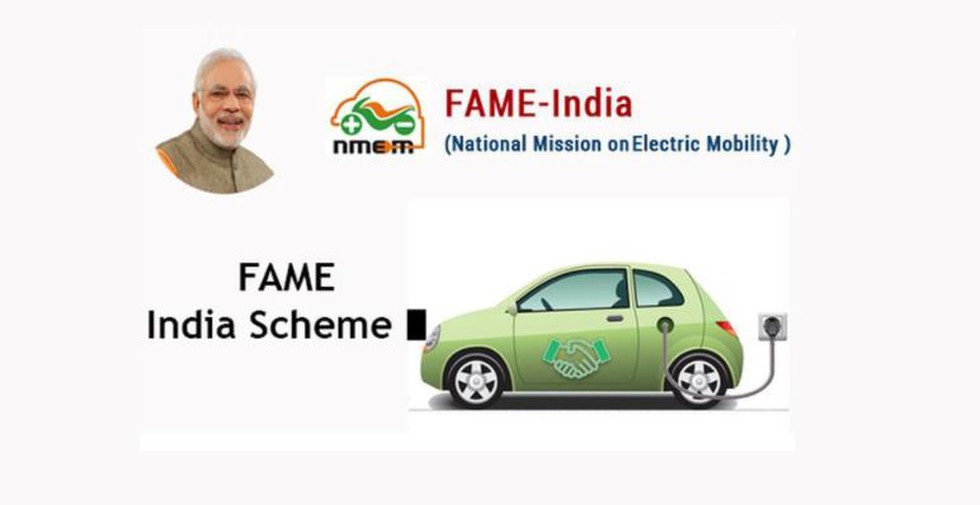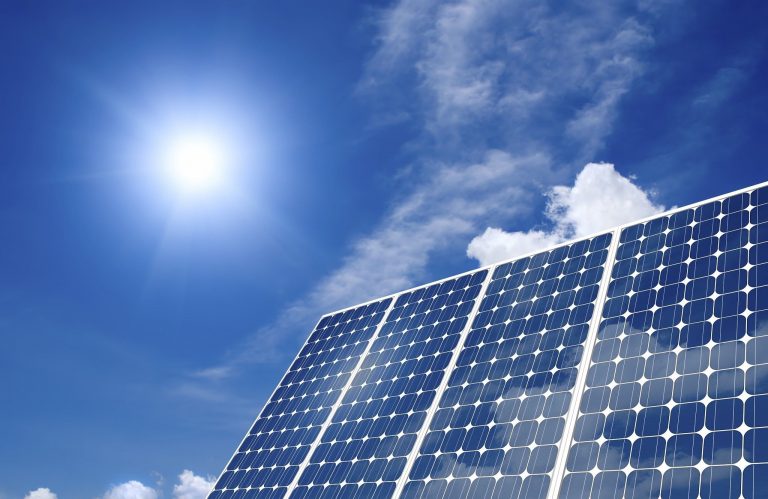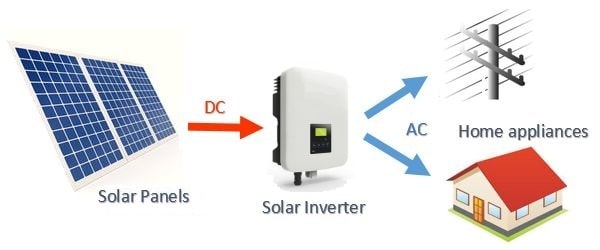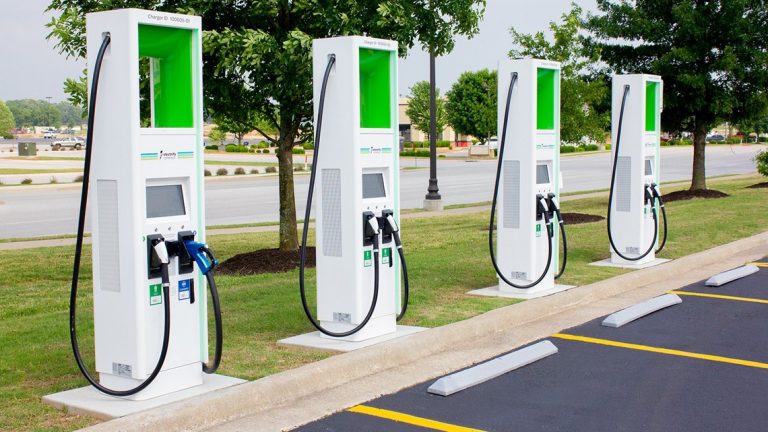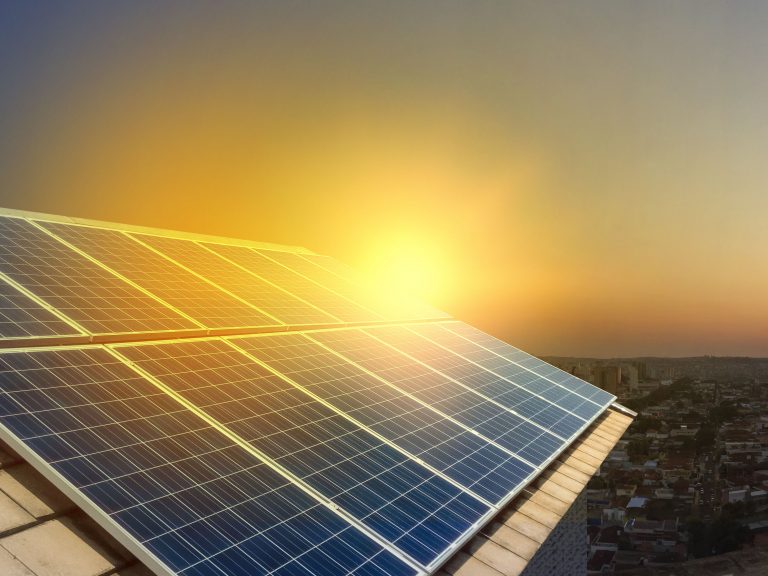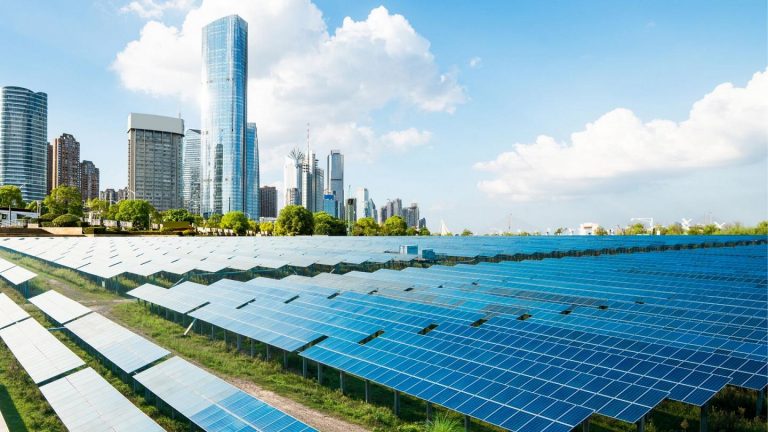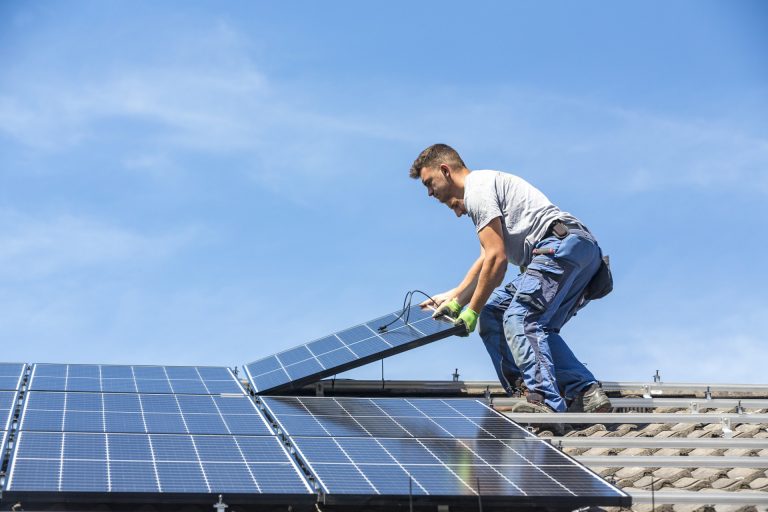Increased incentives helping the EV ecosystem in India 2021
The Department of Heavy Industry’s June 2021 revision on the incentives under the FAME scheme is being welcomed as the necessary boost to kickstart the EV ecosystem in India.
As of today, India only has a minuscule number of electric vehicles registered today. The Government of India wants to change this into making India a 30% electricity-reliant country in power. We’ve covered all this in detail here.
What is FAME?
The Faster Adoption and Manufacturing of Hybrid and Electric Vehicles in India scheme has been drafted to empower and encourage the scope for electric vehicles. The project promises to promote the manufacture of EVs in bulk in the country while also looking to get the manufacturers a good market share.
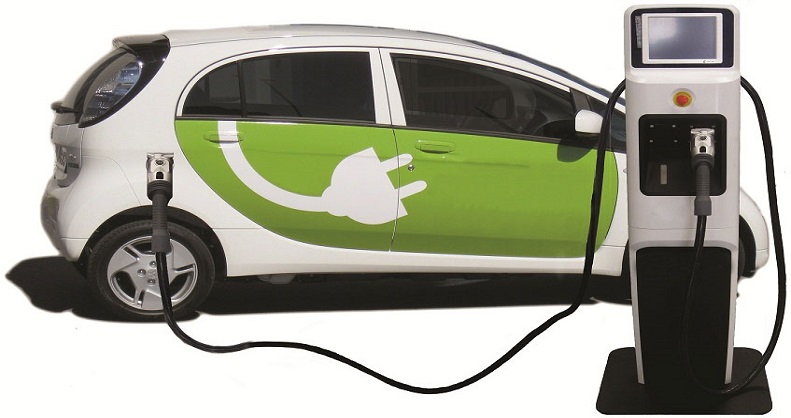
The plan is to boost production and sales by incentivizing both the producers and the commoners. It would help reduce the prices of the two and 3-wheeler EVs and make them more affordable. With the increasing number of EVs and the EV ecosystem in India, EVSEs will start coming up proportionally, and a whole ecosystem can then be created.
The Scheme: Helping the EV ecosystem in India grow
Under the recent revision of the scheme in regard to the incentives, the maximum rebates on any particular vehicle model have been doubled.
With the recent changes, you’re now eligible for claiming an incentive of Rs 15,000 per kWh, which amounts to 40% of the vehicle cost. Previously, the figures were Rs 10,000 kWh, at about 20℅ of the vehicle cost. It is a welcome move and will help bring down the purchase cost in each category of EVs, and help promote the EV ecosystem in India.
FAME II
The revised edition of the original FAME scheme has been in effect since 2019, and has been helping with incentive-linked reforms in the production and procurement of vehicles for quite some time now. The mission has been named National Mission on Electric Mobility, and you can check the live status of incentives and the number of vehicles sold under the scheme.
As of writing this article, they’ve sold over 85k vehicles, which has cost them 220 crores of incentive. With the encouragement to the EVs and clean energy at large right from the top tiers of the government, the scheme is only an addition and a rightful one, as such in helping the growing EV ecosystem in India.
Category of vehicles
The incentives are vehicle-specific, and there’s something for each category, be it a two-wheeler, a three-wheeler, or a four-wheeler. Also, the scheme identifies the OEMs for the various categories, some of the prominent ones in the two-wheeler category being Hero, Ather, etc.
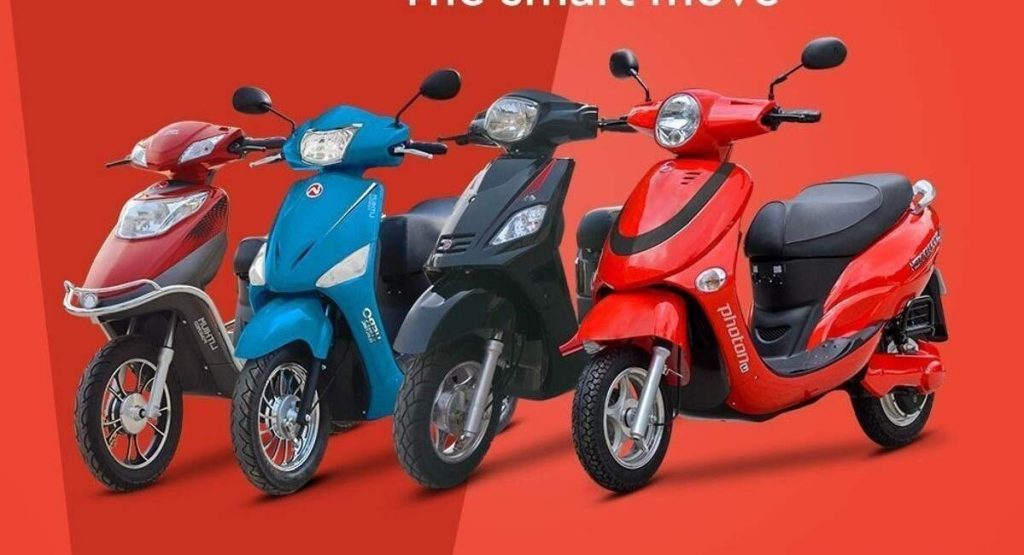
At the right time
India is only opening up after the pandemic, which has taken quite a toll on the economy. The auto sector is one of the largest sectors hit by negative growth, which is one of the most significant contributors to the Indian economy. This revision in the scheme has come at just the right time. India needs more auto sales today, and it might just be the right start to getting that in the aspired EV ecosystem in India.
The two-wheeler segment
Speaking specifically for the two-wheelers, reports reveal that an electric two-wheeled vehicle on an average daily run of 60 km can save close to Rs 100 per 100 km.
Also, the two-wheeler segment is the most readily sought-after EV category in the EV ecosystem in India because of its small battery charging capacities. They can be charged by in-home 15 A sockets. It saves households the hassle of going to the charging stations with charging at added costs.
With the recent revision in the incentive scheme, the EV two-wheelers are to come down by 35%, which is a significant improvement. It is one sector that has registered a continuous growth despite the auto sector slowing down in the last two fiscal years.
The way forward
By 2025, 6 million EV two-wheelers are to be there in the Indian markets, as claimed by the renowned think-tanks on energy and alternatives. Given how they’re a low-cost alternative to a cleaner and energy-secure future, this is the only category of vehicles to have received incentives in both private and commercial sectors.
The electric two-wheelers are one market that the government is betting on, and the key players are expected to use the incentivized manufacturing to help enlarge the market.
The government’s proactive policies and incentives is going to be one key aspect of helping in the expanding EV ecosystem in India.
